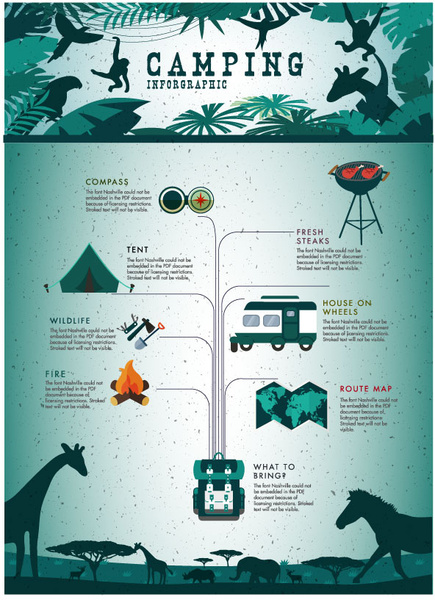A tent footprint is a sheet of light-weight product that is sized to match the flooring of your sanctuary. It secures your camping tent from rough objects like rocks, sticks and roots, aids maintain your sanctuary clean of dirt, tree sap and various other particles, and marks where to set up camp.
How do you pack a tent back in its bag?
Size
Generally made from nylon, polyester or polyurethane, an outdoor tents footprint is positioned underneath the tent when camping or backpacking to stop abrasive surface areas like sharp twigs or jagged rocks from penetrating or poking holes in the flooring of the tent. Camping tent impacts are likewise created to be a smaller size than the outdoor tents, so that wetness does not pool on it and soak through the bottom of the outdoor tents. Footprints are offered from some suppliers as a fitted choice that clips to the bottom of the outdoor tents or in a flexible style that can be cut to the precise measurements of the tent.
If you're a skilled walker or camper, you might be able to cut your very own outdoor tents footprint out of Tyvek or painter's plastic drop cloths (the kind individuals make use of when painting rooms). This will certainly be less costly but it will need accuracy reducing skills and will add additional weight to your pack. An additional factor to think about is the denier of the impact-- the greater the denier score, the thicker and larger it will be.
Material
The material of a camping tent impact is necessary because it can affect the weight, expense and toughness. Preferably, you intend to use something like a tarp or DCF (Dyneema Composite Material) ground cloth since it includes marginal weight yet is really durable and can safeguard the floor of your camping tent from sharp rocks and various other products on the ground.
Tarpaulins are an usual choice, however if you're seeking to conserve cash and lighten your pack, you can additionally attempt making a camping gifts do it yourself outdoor tents impact out of slim polycro bed linen or Tyvek. Just keep in mind that stores generally don't have pre-cut pieces of these materials to reduce a camping tent impact by dimension, so you'll require to take additional effort and time to make one on your own. You can likewise check out the denier of the tarpaulin or ground cloth you're thinking about to assess its durability; greater scores indicate thicker, a lot more tough materials, while lower numbers suggest lighter, less rugged materials.
Denier
A tent impact is an excellent financial investment due to the fact that it will certainly secure your camping tent floor and make it simpler to clean up and shake out after camping. Impacts are additionally more affordable to change than your camping tent floor if they wear out, and they help maintain dampness from merging in the bottom of your outdoor tents where it can create splits or leakages.
Many tent footprints are made from specialized nylon or polyester textiles that are after that proofed with silicone or polyurethane. The material denier score is essential to consider; the greater the denier, the thicker and tougher using the footprint will be.
Some outdoors tents feature a built-in footprint from the supplier, and this might be worth considering if weight is an issue for you. Nonetheless, if your camping tent is fitted with a difficult, high-denier tent flooring then a footprint will likely not include much to the comfort of your outdoor camping experience. An impact will, however, make your tent a lot easier to clean up and maintain.
Weight
Outdoor tents footprints are a necessary device for camping tents to protect the groundsheet from dampness, abrasion and 'deterioration'. It is essential to get the ideal sized footprint and take into consideration product, resilience and rate when choosing one.
Footprints are usually made from a hard, polyester or nylon fabric covered with water resistant polyurethane. Their density is normally measured in denier; higher ratings are thicker and a lot more resilient yet likewise heavier.
How do you hold a tent down?
They ought to be reduced a couple of inches smaller sized on all sides than the actual rundown of your tent to stay clear of puddling-- if it rains water can merge between and soak right into the bottom of your camping tent. Other choices for making do it yourself tent impacts include painter's plastic drop cloth (the kind you put down before repainting a room), Tyvek and polycro. The most affordable alternatives are probably silicone- or polyurethane-proofed, however these are less breathable and can quickly tear. They're also extremely cumbersome to pack and need accuracy cutting abilities.
